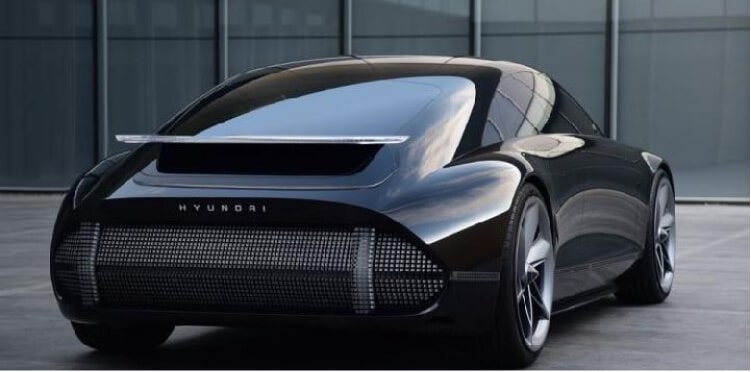Hyundai Motorstudio Senayan Park
Hyundai Motorstudio Senayan Park
Newsroom
-
Between Concept Car and Prototype, What Are the Differences?
- Hyundai Motorstudio Senayan Park 2022.08.05
-
Before being released to the market for commercial purposes, the car must go through a number of production lines. This step begins with making a concept car, followed by a prototype, then produced, and so on. Though, what is the difference between a concept car and a prototype?
Both concept and prototype cars are the first steps in designing a car. Often interpreted the same, these two stages of production are actually different though they are related.
The following description is an explanation between concept cars and prototypes along with the points that distinguish the two.
Why Should You Make Concept Cars and Prototypes?
In the development phase, making a concept car is the earliest stage before being followed by a prototype. Some car manufacturers even have a special division for developing concept cars.
The concept car is the basic idea of the car, while the prototype is the embodiment of the idea in a realistic form. The main purpose of developing concept cars and prototypes is to demonstrate the functionality and verify the idea.
Prototypes allow developers to visualize how the product functions in accordance to the basic idea. The concept car aims to test the basic idea so its realization in the real world is not considered. The prototype has the opposite purpose, to test the initial design of the car.
Manufacturers sometimes display prototypes in automotive events to see the consumer response, though some prototypes never reach the production line at all.
In short, a concept car shows that a new car can be developed, while a prototype describes how the car will be developed.
Concept Car
Concept cars mean the basic idea of how the actual car will be made, including determining the type of car like sedan, hatchback, SUV, or others. This is a basic idea that will be realized in the form of a physical car.
In fact, 90% of concept cars are eventually produced and thrown into the market for commercial purposes. This figure explains the importance of concept cars as an early reference for car production.
In simple terms, concept cars are usually displayed in the form of designs without any detailed explanation of the driving system, transmission, features, and other components.
Concept cars may have a new design from the previous version which is equipped with the latest features and a fresher exterior design. Though the concept car is intended to test the public's attention, many manufacturers have developed it into a real product.
Moreover, if the car uses renewable fuels and computerized features, it may change the landscape of the automotive industry as a whole. The best example is an electric car that produces no emissions.
Basically, concept cars provide all the essential features of a car that will be released in the future without having to physically make it happen.
Car Prototype
If the idea of a concept car is approved, the process is continued by making a prototype. The prototype is an unfinished product and is only made for testing purposes only.
Prototype is the realization of a concept car that has been approved for development. It was not produced on a large scale because it still had to pass a series of feasibility and safety tests.
Manufacturers make prototype cars with the aim of implementing the basic ideas of concept cars, including new designs and technologies. Prototypes are usually tested in the lab first then on the public road to find out how well the design works in the real world.
The test is intended to learn the details of the car, including performance and efficiency. It will show if there is a design flaw so it can be adjusted and corrected before being mass-produced. Before introducing the latest designs, manufacturers usually do this.
To prevent design leaks to the public and competitors, manufacturers usually cover it with a certain color to disguise its appearance by using the previous headlight, especially on the exterior.
However, it is common for minor changes to occur between the prototype and the final design. Some components that are often changed like headlights, taillights, cameras, and mirrors. While the dashboard and seats are interiors that are also frequently changed.
Pre-Production (Batch Pilot)
Once the test is successful, the manufacturer will produce the car on a small scale which is called pre-production. It’s not for sale, with a limited number. The goal is to get more data for research and development.
A pre-production car is an early version of a car that will be mass-produced later. All features and technology have been integrated into pre-production cars and can be driven in a limited way with a maximum speed of 20 km per hour, while the prototype car cannot be driven
Though already exhibited at the automotive event, prototype cars are usually stripped and even destroyed after it.
A pre-production car may still experience problems, so final adjustments will be made before it enters the assembly line. After the defects are corrected, the car is being tested again for a certain period.
If the results are great, the car will enter the production line and then be commercialized. Not long after, the latest edition of the car will hit the market through the distribution channels to be sold.




